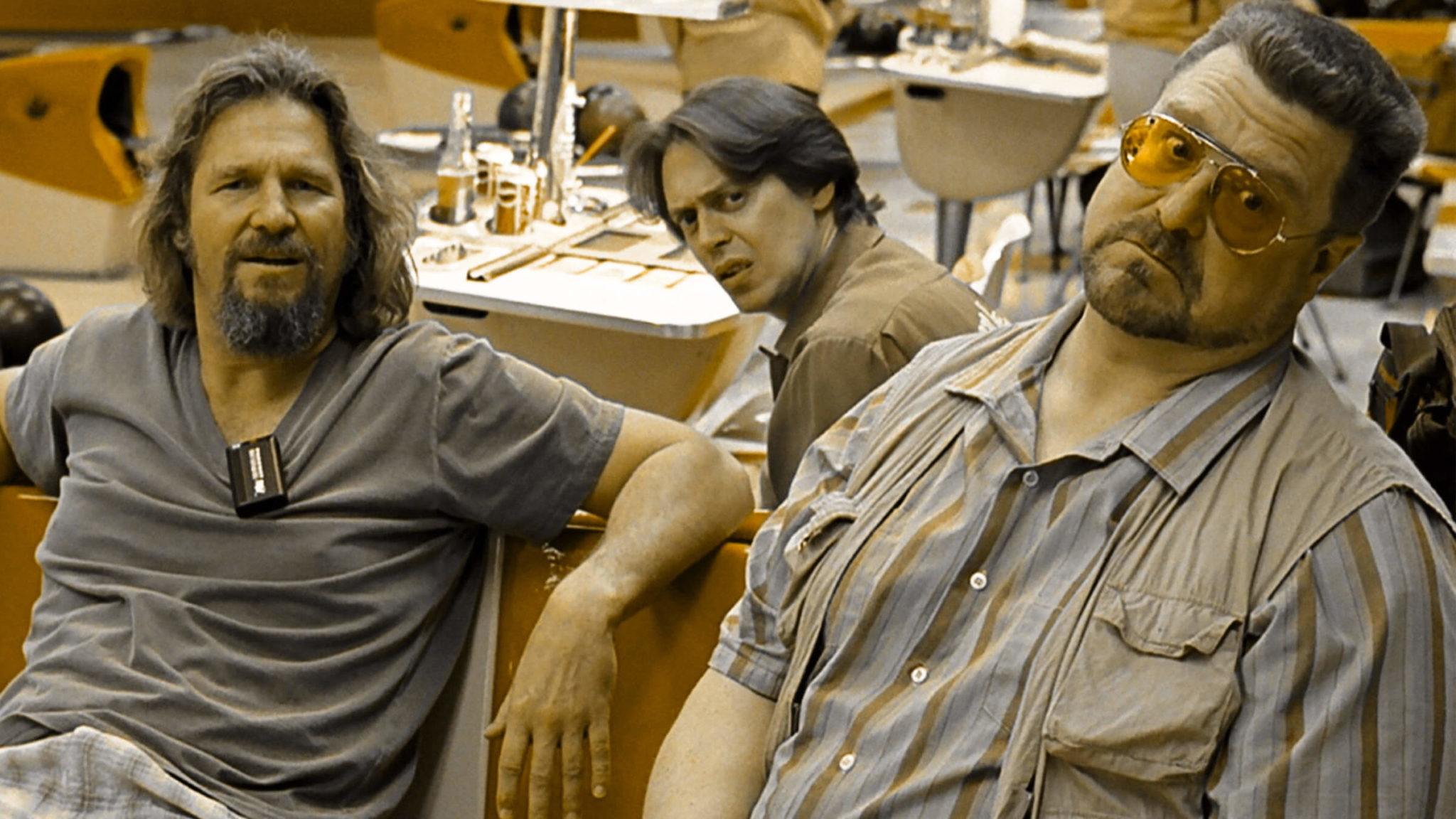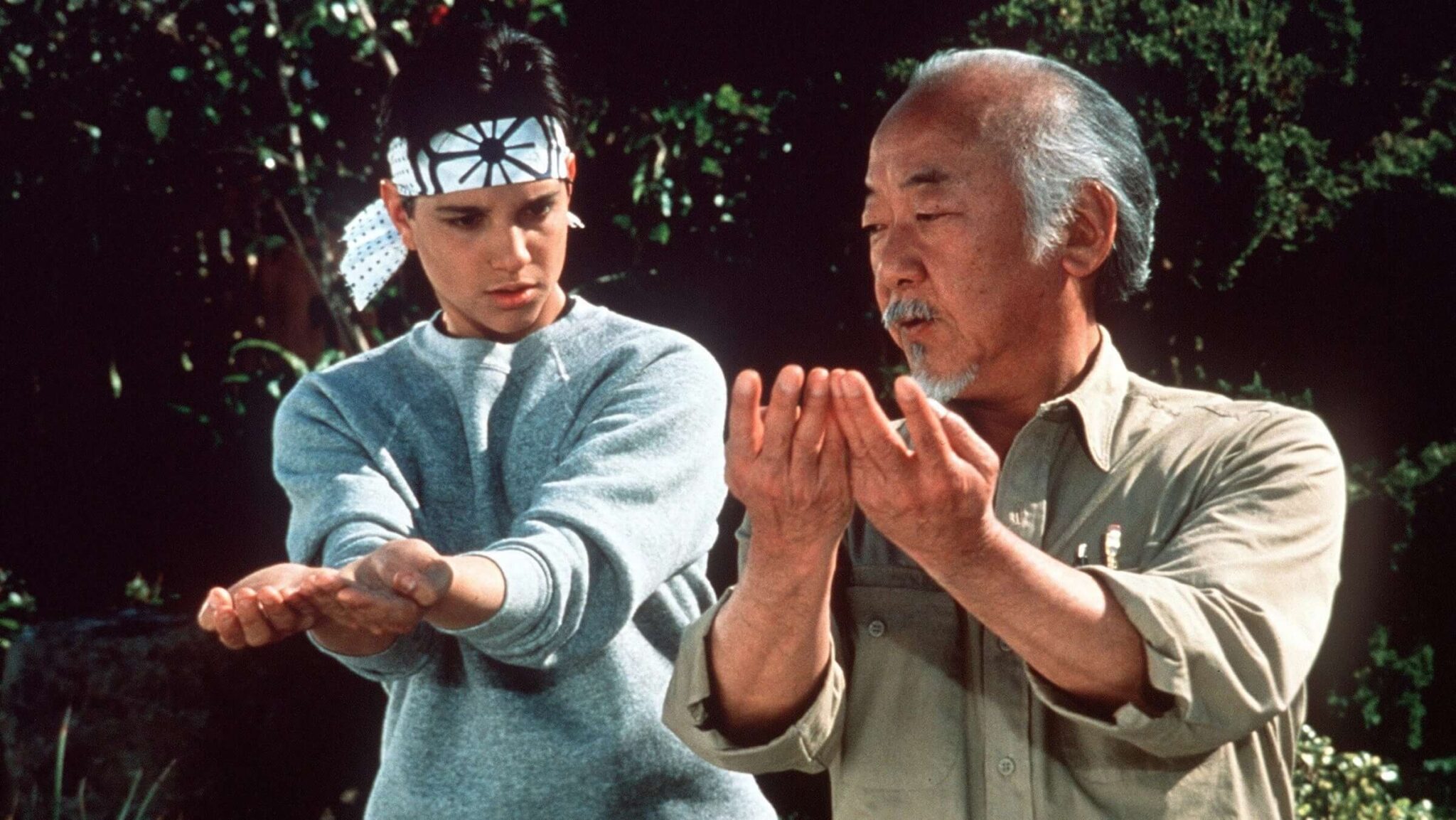So, you want to write for pictures? – The Basics of Screenwriting Format
Screenwriting is obviously an art, but it is also a developed science. Strict formatting guidelines should be adhered to if you would like your masterpiece to be palatable by anyone in the industry. I’ll outline the basics of script formatting, the building blocks of a great screenplay.
START WITH SOFTWARE
The key to following and maintaining proper formatting while screenwriting is to use the right software for the job. Microsoft Word is great for reports but it won’t work when writing for the screen (whether big or small). Instead, opt for software specifically designed for writing screenplays—this allows you to spend less time worrying about complicated page layouts and more time focusing on your killer story idea.
- Celtx – Free. This is the best option for those on a budget. Now available as a download for your PC, Mac, or tablet Celtx also features “cloud” integration, allowing you to save and view your documents from anywhere at anytime. The features are many, including templates for writing a feature film, television screenplay, radio, or stage work and also some basic production tools such as scheduling and storyboarding. www.celtx.com
- Final Draft 8 -- $200. The price tag may be steep but this is the industry standard. Used by professional screenwriters and film students the world over. If you are serious about writing for a living, then this is an investment you should definitely consider. Revision modes, multiple studio approved templates, and countless other features make this one stand out. www.finaldraft.com
STORY IS KEY
Remember, screenwriting is storytelling. You need to have a coherent beginning, middle, and end. You need to have characters that the masses will care about and want to watch struggle, fight, win, lose, and grow for approximately one and a half to two hours. Your screenplay should have a definite story and follow a basic arc. Rising action à Climax à Conclusion.
SIMPLIFY, SIMPLIFY, SIMPLIFY!
One of the keys to great screenwriting—and also the number one mistake made by writers new to the craft—is simplifying. It's best to write only what you can see on screen. While some definitely differ with this advice (see this post at the excellent blog Go Into the Story), it's best to stick with writing that is visual.
When writing a novel or short story, you’re able to tap into characters’ emotions and thoughts. You can elaborate on the intricate details and create beautiful and poetic pages of description. That is not the case when writing for the screen. Screenplays need to be concise. A screenplay is a blueprint for a film or television show, which above all else, are COLLABORATIVE art forms. The beautiful imagery and poetic emotions are the job of the director of photography and actors. The screenwriter’s job is to create believable, natural dialogue from memorable characters, and to set a basic stage for the action to take place. From there, it falls on the hands of the rest of the crew to fill in the blanks.
JUST THE FACTS
There are a few more basic things to keep in mind when writing a screenplay.
- ALWAYS write only in present tense. (ie: He sees her, She walks to them)
- The first time you introduce a character, their name appears in ALL CAPS
- ONLY write what you can physically see and hear
Here's an example of a correctly formatted screenplay page:

Tags
Get Our Screenwriting Newsletter!
Get weekly writing inspiration delivered to your inbox - including industry news, popular articles, and more!


























